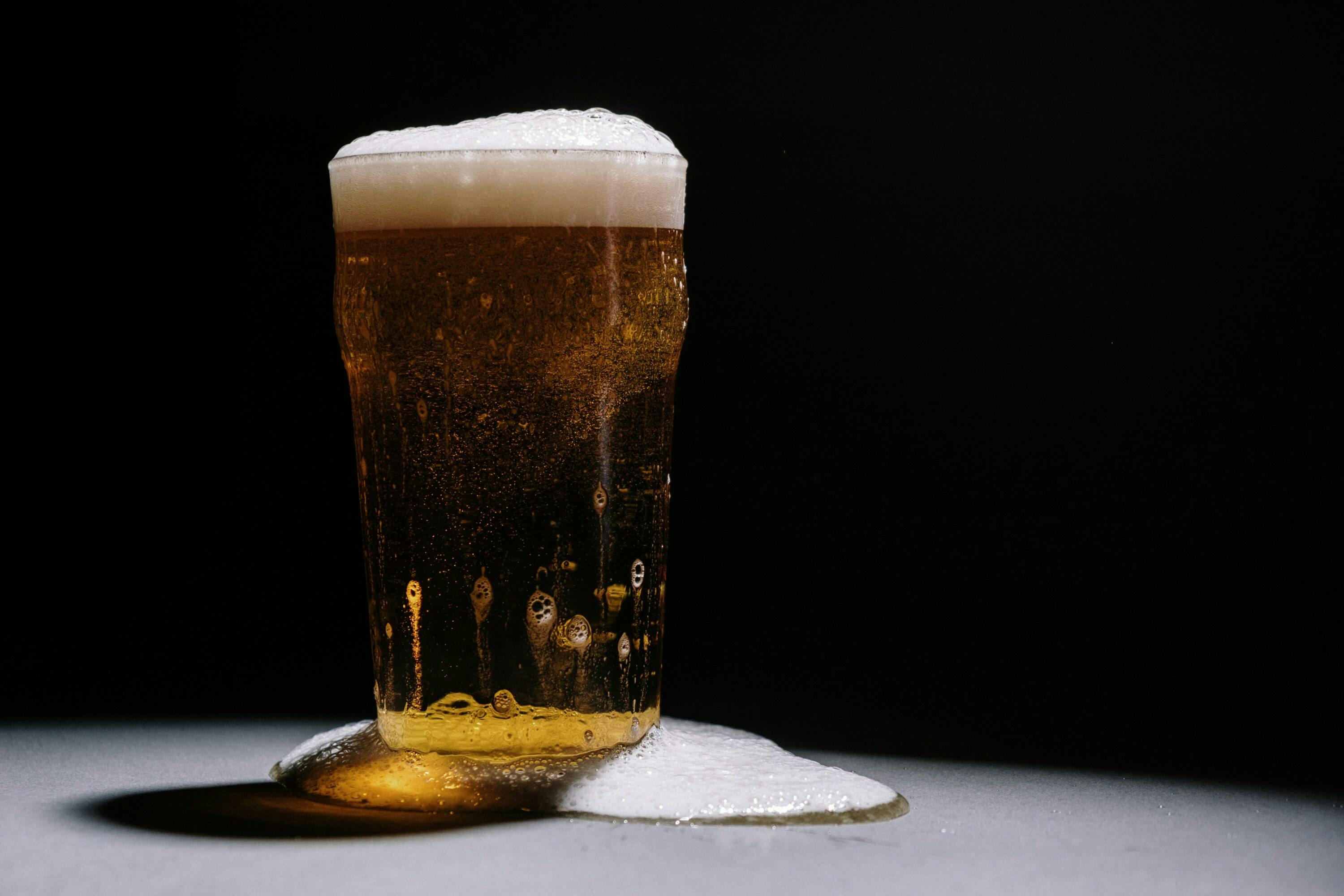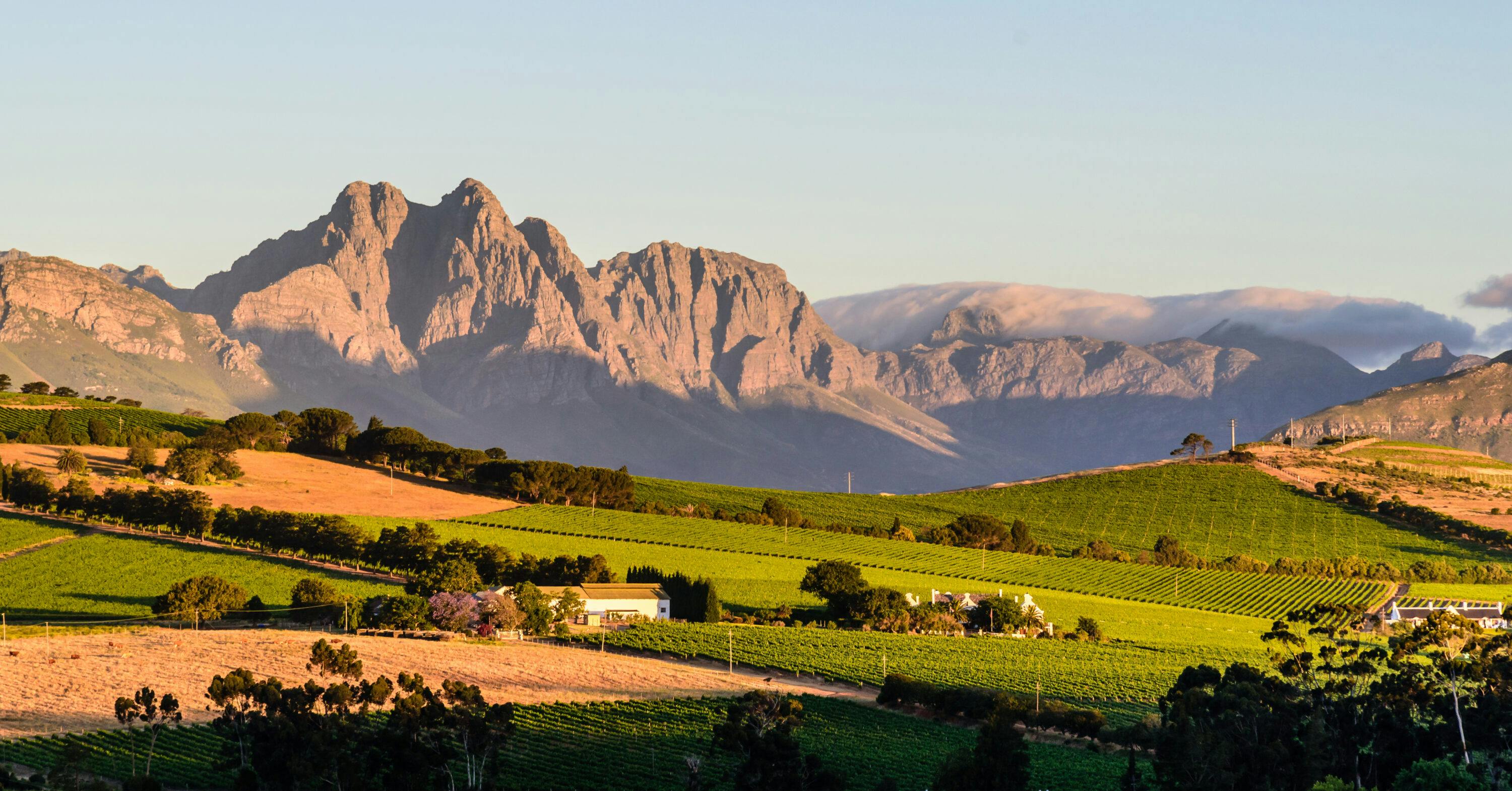
Estimating the price and income elasticity of beer in South Africa
Nova Economics was commissioned by South African Breweries (SAB) to estimate the price and income elasticity of the demand for beer over the period 2009 to 2019. The purpose of the study was to give SAB insight into the sensitivity of consumer demand for beer to changes in the price of beer, wine and spirits (whilst controlling for other important influences such as changes in household income). And, based on the estimated income and price elasticities to comment on the design of an optimal excise tax policy from both its own perspective and that of the revenue service and policy makers.
Background and context
SAB dominates the market for beer in South Africa – in 2018 it was responsible for 76% of total beer volumes sold. However, SAB’s sales of beer, and particularly sales to the lower-income segment of the market, had been falling consistently in the 3 years to mid-2019. Over the period 2Q16 to 2Q19 beer volumes sold by SAB fell at an annual average rate of 3%. It was in this context that SAB sought to determine the contribution of above-inflation increases in excise duties to the fall in beer demand vis-à-vis other influences such as slowing growth in household income.
Key findings
For the period 2009 until 2016, the price and income elasticities of total beer demand that we estimated were consistent with what the Bureau for Economic research (BER) had estimated in a report for SAB in the for the previous decade. We estimated that the price elasticity of beer demand was -0.63 (price inelastic) while the income elasticity was 0.57.
As expected, the lower-income segment of the market (proxied as the 82% of SAB beer volumes sold in returnable packaging), was more sensitive to beer price increases than the higher income segment. The beer price elasticity for the low-income segment was estimated at between -1.03 and -1.16 (price elastic) while the income elasticity was estimated at between 0.26 to 0.32 for the period 2009 to 2016 (income inelastic).
However, during 2017 and 2018 annual average growth in beer volumes sold in returnables was on average 6.8 percentage points lower than the historical relationship between volume, price and income would have suggested. While data was insufficient to estimate robust price and income elasticities for beer for the period post 2016, it appears that either beer consumers real incomes were under more pressure (falling more rapidly) than national income aggregates suggested and/or that consumers in an environment characterised by high and rising unemployment rates and very low growth in income became more price sensitive/elastic.
In terms of the excise revenue collection scenarios, we found that in a hypothetical scenario with zero growth in real household incomes a price elasticity of beer demand of around -0.65 (as it was in the past), a 5% y/y increase in the excise duty on beer would result in a 1.6% y/y increase in total excise tax revenue collections from beer. Our simulations suggested there is limited scope to boost tax revenue collections from beer in an scenario where consumer’s real incomes are falling, even if we assume that beer demand is relatively price inelastic.
Outcome
The report gave SAB updated insight into consumers’ response to changes in the price (relative and absolute) of alcoholic beverages. This equipped the team to engage with key decision makers on public-health and alcohol tax policy issues.

